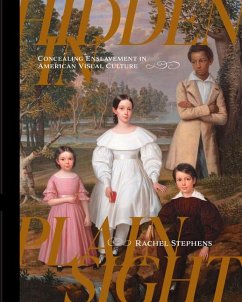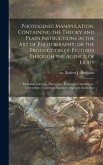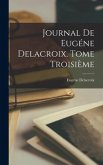On the cover: Four Children in a Louisiana Landscape, or Bélizaire and the Frey Children, 1837. Oil on canvas. Attributed to Jacques Amans, Courtesy of Jeremy K. Simien. Even when African Americans were included in portraits, as in the case with Four Children in a Louisiana Landscape, sometimes they were subsequently removed. This work had been owned and kept in storage by the New Orleans Museum of Art since 1972, but in 2004 it was deemed "not relevant" to their mission and deaccessioned. At that time, the painting pictured only three white children, although a shadow of a fourth figure was visible. Subsequent conservation uncovered the titular fourth child: an African American boy leaning against the tree behind the others. Louisiana collector Jeremy K. Simien acquired the painting in 2021, and author Katy Morlas Shannon identified the boy as a fifteen-year-old enslaved house servant named Bélizaire. Bélizaire was born to an enslaved woman named Sally in New Orleans in 1822. Sally and Bélizaire were sold to Frederick Frey, a German merchant and head of Union Bank in New Orleans, in 1828. The portrait was commissioned by Frey in 1837, likely from Jacques Amans, a French portraitist working in New Orleans. Bélizaire was painted over for unknown reasons at some later point. The subsequent uncovering of the figure as well as Bélizaire's story speaks not only to the concealment of enslavement that long occurred in the South, but also to the possibility and imperative of recovery. The urgency of these ideas is now being recognized by major art museums. The Metropolitan Museum of Art recently acquired the painting, and Bélizaire's likeness and history will be featured before an international audience despite one-time attempts to erase him.
Hinweis: Dieser Artikel kann nur an eine deutsche Lieferadresse ausgeliefert werden.
Hinweis: Dieser Artikel kann nur an eine deutsche Lieferadresse ausgeliefert werden.








